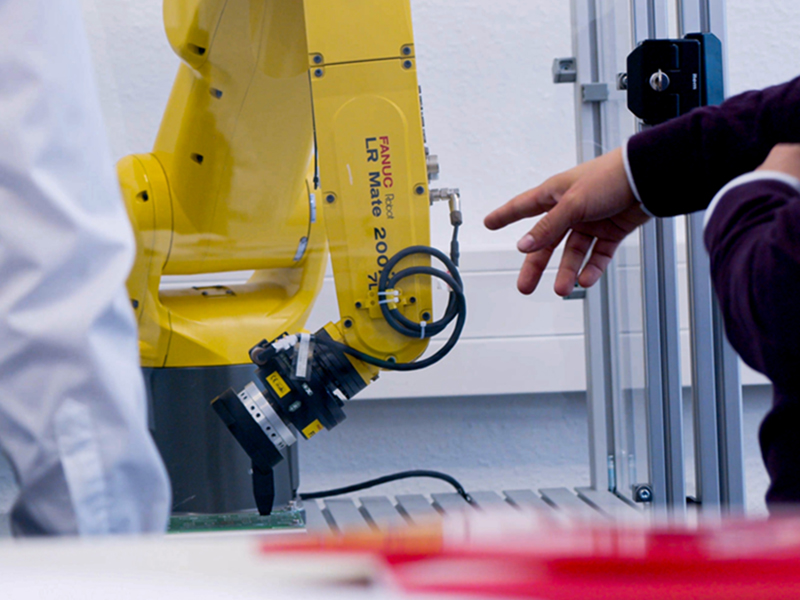Roadmap for Answer Writing 1. Introduction Overview of Robotics in Labor: Briefly introduce how robots can take over tasks that are hazardous, monotonous, or physically demanding, enhancing sustainability in labor. 2. Areas of Prohibitive Labor Managed by Robots Hazardous Environments: Mention robots like Bandicoot developed ...
The widespread adoption of automation and robotics in the Indian manufacturing sector brings significant socio-economic implications. On the one hand, increased efficiency, productivity, and quality of goods can enhance India's global competitiveness. On the other hand, the displacement of unskilledRead more





Model Answer Introduction Robots have the potential to transform various sectors by taking over tasks that are dangerous, dull, or demanding for humans, thereby making labor more sustainable. Initiatives promoting research in robotics can lead to substantial and gainful innovation. Areas Managed byRead more
Model Answer
Introduction
Robots have the potential to transform various sectors by taking over tasks that are dangerous, dull, or demanding for humans, thereby making labor more sustainable. Initiatives promoting research in robotics can lead to substantial and gainful innovation.
Areas Managed by Robots
Robots like Bandicoot, developed by Genrobotics, are used to clean manholes in India, effectively replacing manual scavenging—a dangerous and inhumane practice .
In India’s manufacturing sector, robots are employed for tasks requiring high precision. For instance, Maruti Suzuki extensively uses robots in its car manufacturing plants, enhancing efficiency and quality .
During the COVID-19 pandemic, robots like Mitra, developed by Invento Robotics, were deployed in Indian hospitals to interact with patients, thus reducing risks for healthcare workers .
Indian startups like TartanSense and FarmRobotics are creating robots for precision agriculture, automating tasks such as weeding and harvesting, which optimizes resource use and increases yields .
Propelling Research Initiatives
The collaboration between IIT Madras and Genrobotics led to the development of Bandicoot, showcasing the power of partnerships between academia and industry .
The Department of Science & Technology (DST) in India has launched programs like the National Initiative for Developing and Harnessing Innovations (NIDHI) to stimulate research in robotics .
Institutes such as IITs and NITs are offering specialized courses in robotics and automation, helping to develop a skilled workforce that can drive innovation .
Competitions like the e-Yantra Robotics Competition at IIT Bombay encourage innovation among students, fostering a culture of creativity and problem-solving in robotics .
Conclusion
Robots can sustainably manage prohibitive labor across various sectors, enhancing productivity, safety, and efficiency. By fostering research through collaborative efforts, government funding, skill development, and competitive events, India can drive gainful innovation in the field of robotics.
See less